The Future of AI in Surrealist Art: Blurring the Lines Between Reality and Fantasy
The art world has always been a playground for the imagination, a space where the boundaries of reality can be stretched, bent, or even obliterated entirely. Surrealism, a movement born in the early 20th century, was particularly adept at delving deep into the unconscious mind, dreams, and the metaphysical to create works that challenge our perception of reality. But as we stand on the precipice of a new era, driven by the rapid advancements in artificial intelligence, one must ask: What role will AI play in the future of surrealist art? Will it be a mere tool in the hands of human artists, or could it become something more—a collaborator, a creator, or even a medium for the art itself?
The Conscious Machine: Can AI Dream?
One of surrealism’s central themes is the exploration of dreams. Salvador Dalí, René Magritte, and other surrealist masters often depicted dreamlike scenarios where the ordinary became extraordinary, the laws of physics were defied, and the unconscious mind was given free rein. These artists tapped into a deep well of personal and collective symbolism, using their experiences, fears, and desires to craft their fantastical visions.
On the other hand, AI does not dream—at least not like humans do. But what if it could? Already, AI models are being trained to generate images, music, and even poetry, drawing from vast datasets to create something new. These creations can be startlingly original, often echoing surrealist art’s disjointed, uncanny qualities. But is this creativity, or merely recombining existing elements in novel ways? Can an AI ever truly tap into the unconscious, or will it always be bound by the limits of its programming?
Consciousness and Creativity: Who is the Artist?
The question of consciousness is a thorny one when it comes to AI. Human artists draw upon their own conscious and unconscious minds, emotions, and lived experiences to create art. This is what gives their work depth and resonance. AI, however, lacks this kind of consciousness—it has no inner world, emotions, or subjective experience. Yet, the art it produces can still evoke powerful responses in those who view it.
This raises a fascinating question: If an AI creates a piece of art that moves us, is it truly the artist? Or are we, as viewers, projecting our emotions and interpretations onto the work? In a way, AI might serve as a mirror, reflecting back the unconscious thoughts and feelings of those interacting with its creations. This blurring of the line between artist and observer is a profoundly surreal concept, challenging our traditional notions of authorship and creativity.
The Metaphysical Machine: AI as a Gateway to New Realities
Surrealism has always had a metaphysical dimension, exploring the nature of reality, existence, and the self. The idea that there might be hidden layers of reality accessible only through art is central to the movement. With its ability to process and analyze vast amounts of data, AI might offer new ways of accessing these hidden realities.
Imagine an AI that can generate entire worlds, not just in static images, but as fully immersive virtual environments. These could be places where the laws of physics are different, time flows backwards, or consciousness itself can be altered or expanded. The boundaries between the real and the imaginary could be blurred to nonexistence in these spaces, allowing for genuinely surreal experiences.
But there’s also a more profound, metaphysical question: What is reality? If AI can create experiences indistinguishable from reality—or even surpass it—how do we define what is real? And what does it mean for our understanding of consciousness if an AI can create experiences that feel more real than reality?
False Memories and AI: My Journey into Surrealist Visions
As an artist, I have long been fascinated by the concept of false memory—those fragments of imagined pasts that feel as real as any accurate recollection. In my work, I have sought to explore and portray these surrealist visions, but I found that conventional tools often fell short of capturing these memories’ elusive, dreamlike quality. It wasn’t until I began experimenting with AI that I could bring these visions to life. Through the use of AI, I have managed to create intricate and hauntingly vivid representations of false memories that blur the lines between what was, what could have been, and what never was. The AI’s ability to blend and manipulate vast amounts of visual data has allowed me to construct both familiar and alien scenes, evoking the uncanny sensation of remembering something that never actually occurred. This has opened up a new dimension in my art, enabling me to explore the depths of the subconscious in ways I never thought possible.
The Future of Surrealist Art: Collaboration or Competition?
As AI continues to evolve, its role in the art world will undoubtedly grow. But what will this mean for human artists, particularly those working in the surrealist tradition? Will AI become a tool that enhances human creativity, offering new ways to explore the unconscious and the metaphysical? Or will it become a competitor capable of creating art indistinguishable from—or even superior to—that made by humans?
There’s a solid argument to be made that AI could become an influential collaborator in creating surrealist art. By using AI to generate ideas, images, or even entire works, artists could push the boundaries of what is possible, creating more complex, layered, and surreal art. AI could also serve as a bridge between the conscious and unconscious mind, helping artists explore their inner worlds in new and unexpected ways.
On the other hand, there’s also the possibility that AI could outpace human artists, creating works that are so novel and innovative that they redefine surrealist art. If this happens, will human artists still have a place in the world of surrealism, or will they be relegated to the role of curators, interpreters, or even obsolete relics of a bygone era?
Blurring the Lines: A New Era of Art
As we look to the future, it’s clear that AI has the potential to transform the world of surrealist art in profound and unexpected ways. Whether as a tool, a collaborator, or a competitor, AI will undoubtedly play a central role in shaping the next wave of surrealist art. But as it does, it will challenge us to rethink our creativity, consciousness, and reality assumptions.
What will this new era of art look like? Will it be a world where the boundaries between the real and the imaginary are so blurred that they no longer matter? Will AI become a new artist capable of creating works beyond human comprehension? Or will it remain a tool in human artists’ hands, helping them explore new dimensions of the surreal?
The future of AI in surrealist art is full of possibilities, each more intriguing than the last. As we move forward into this new frontier, one thing is sure: The lines between reality and fantasy will only continue to blur, creating a world where anything is possible, and the only limit is the imagination.
In the end, perhaps this is surrealism’s true legacy: the idea that reality is not fixed but fluid and that through art, we can explore the infinite possibilities that lie beyond the boundaries of the known. Whether through the brush of a human hand or the algorithms of a machine, the surreal will always find a way to make the impossible possible. And in this new era of AI-driven art, the possibilities are more endless than ever before.
This surreal image from my False Memory collection
Classic Surrealistic Genre created with Mid Journey


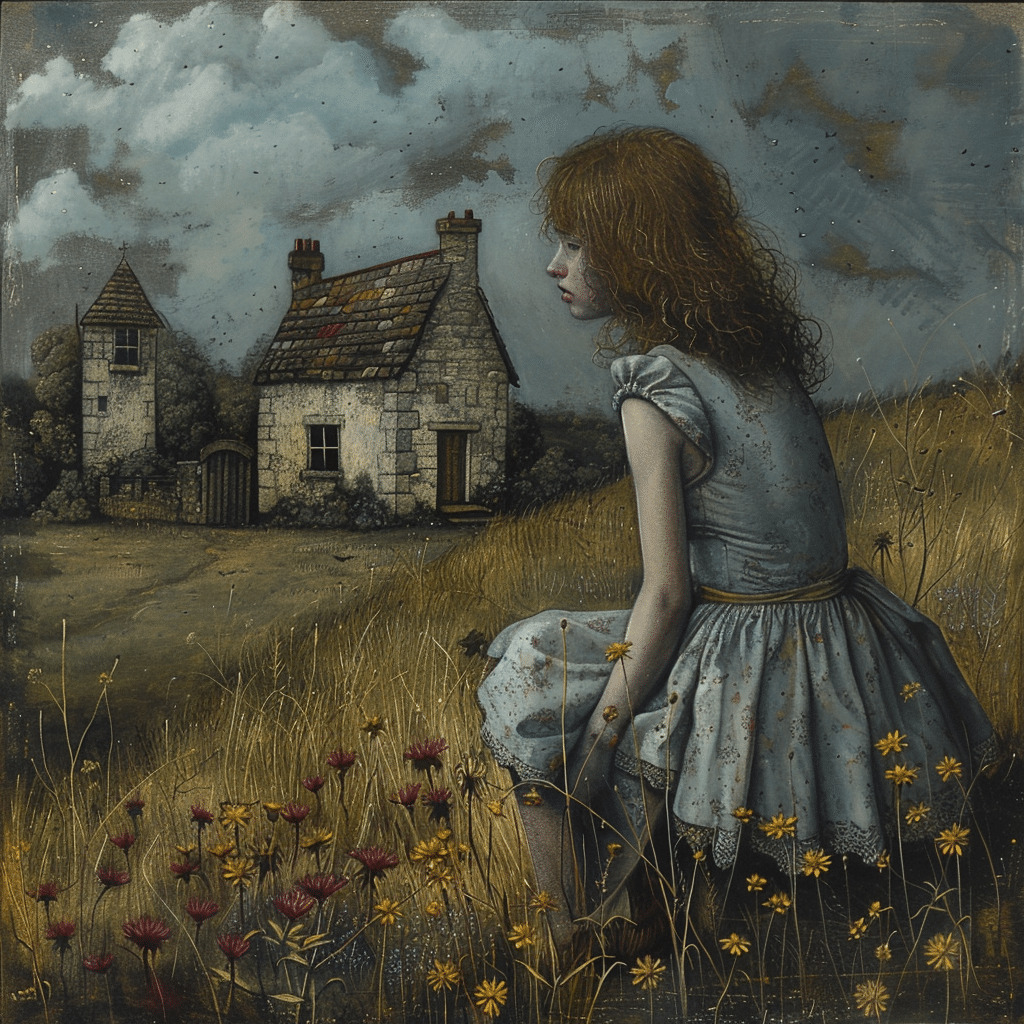



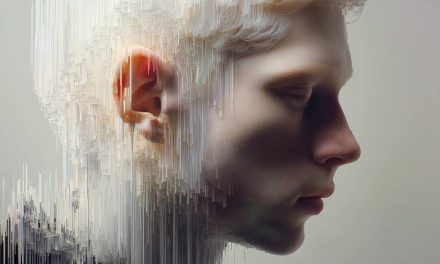
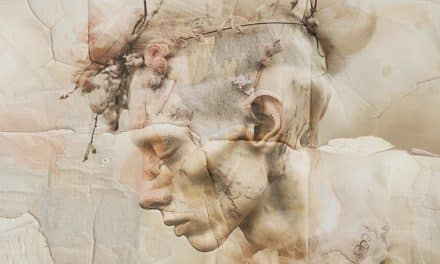
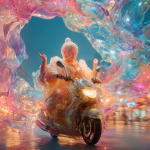






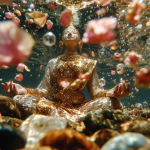
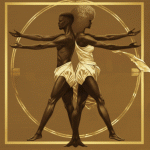

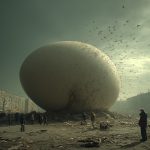





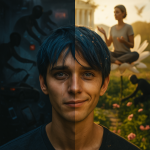
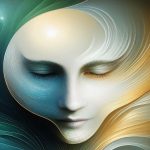

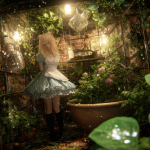
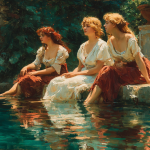
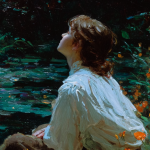
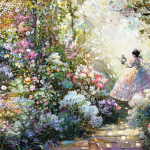
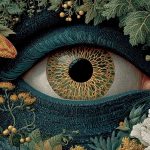

Comments